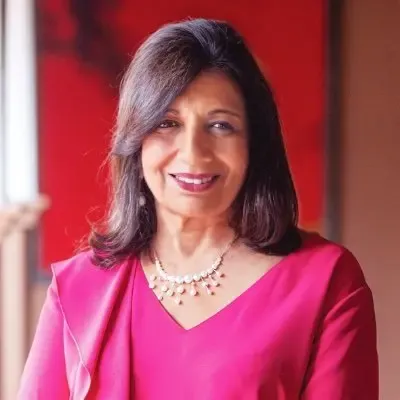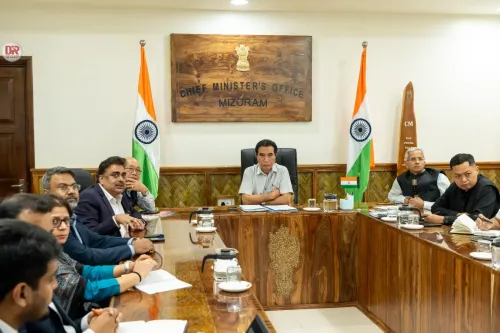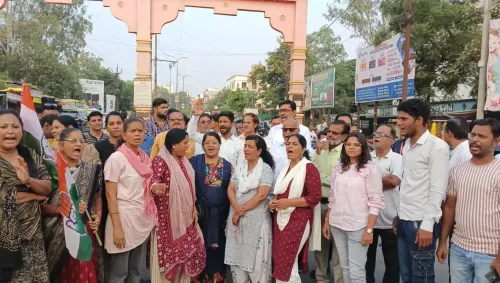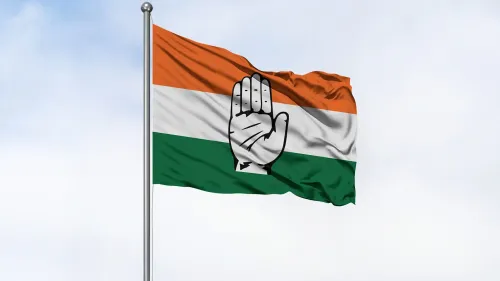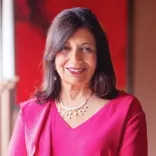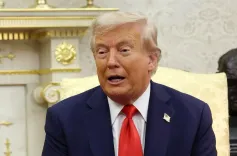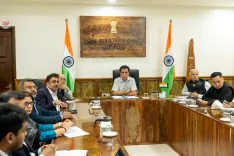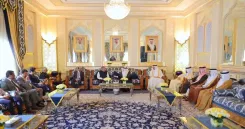How Did India Shift from ‘Fragile 5’ to Top 5 Economies?
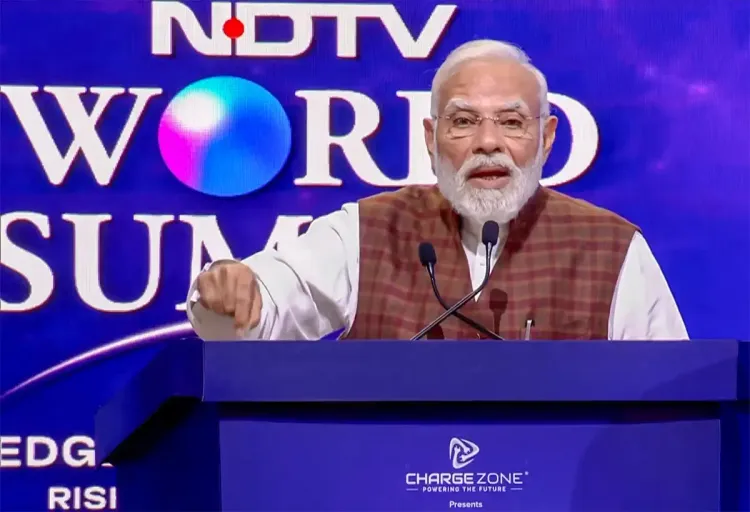
Synopsis
Key Takeaways
- India's economic reform journey has led to its recognition as a top five global economy.
- Banking reforms have significantly improved financial inclusion.
- The introduction of GST has revolutionized tax systems.
- Digital transactions, especially through UPI, have surged.
- India's 4G technology stack is ready for global markets.
New Delhi, Oct 17 (NationPress) Prime Minister Narendra Modi stated on Friday that India has transformed from a 'Fragile Five' economy before 2014 to now being recognized as one of the top five economies globally, thanks to the extensive reforms implemented across various sectors by the government over the past ten years.
Commending the reforms in the banking sector, PM Modi remarked that banks were nationalized during the era of former Prime Minister Indira Gandhi, under the premise that banking needed to reach the underprivileged. However, the reality was that banks distanced themselves from the poor.
"In 2014, when we assumed office, half of India's populace lacked a bank account. We transformed the banking landscape by launching over 50 crore Jan Dhan accounts in a mission-driven approach. We initiated significant reforms in the banking sector," the Prime Minister stated while addressing the NDTV World Summit 2025.
He added, “Digital transactions have positioned India as one of the most inclusive nations in terms of finance.”
PM Modi praised the reforms in income tax and GST, indicating that these measures guarantee savings of Rs 2.5 lakh crore. He noted that due to GST, sales have surpassed all previous records during the festive period.
The GST reforms have resulted in lower prices, improved credit flow, resolution of tax inversion issues, and reduced disputes, ultimately benefiting both producers and consumers.
Applauding the transformation of the state-owned BSNL, PM Modi stated that India ranks among the top five nations to have its own 4G technology stack. The operational launch of this 4G stack has enhanced connectivity in rural and remote areas, boosting broadband coverage and inclusion.
India’s indigenous 4G technology stack, known as the Bharat Telecom Stack, has been successfully deployed across approximately 1 lakh BSNL towers, and it is ready for global exports.
Highlighting the success of UPI, PM Modi emphasized that India has disproved skeptics, with 50 percent of the world’s digital transactions now occurring in India, and UPI leading the global digital payment market.

